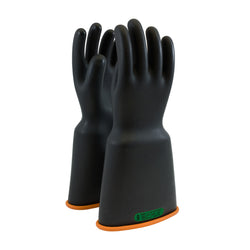Electrical gloves are a type of specialized protective equipment worn by electrical workers to protect against electric shock and other hazards. They are made from materials such as rubber, leather and neoprene and provide insulation from electric current.
Electrical gloves are used by electrical workers for a variety of tasks such as power line maintenance, electrical wiring and installation, and maintenance and repair of electrical equipment. They also provide protection against hot and cold surfaces, sparks and abrasive materials. You can get the services of high-quality dielectric testing of electrical gloves & rubber goods in Texas.

Importance of Testing Electrical Gloves
Testing electrical gloves is important to ensure their effectiveness and safety. Testing helps to identify any signs of wear or damage that may be present in the gloves, as well as any defects in the material or design.
This testing is also important to ensure that the gloves are properly rated for the application and that they meet safety standards. Testing is also important to ensure that the gloves are properly sized and fit securely on the hand.
Testing Protocols
Testing of electrical gloves in Texas is done in a laboratory setting using special equipment. The tests involve exposing the gloves to various levels of electric current, as well as to a variety of temperatures and environments. The tests measure the insulation resistance, leakage current and dielectric strength of the gloves. The tests also measure the flexibility and tear resistance of the gloves.
